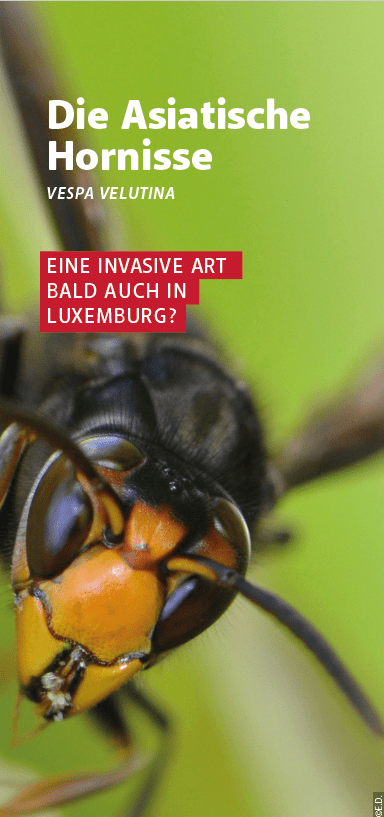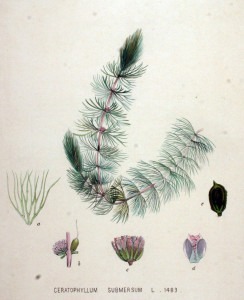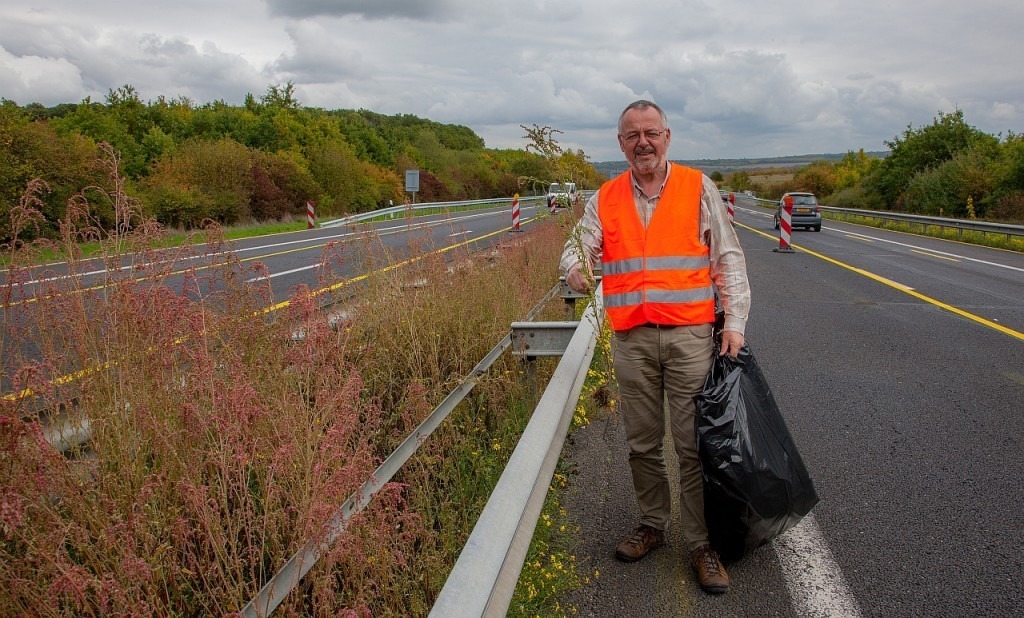The European Commission published an update of the list of invasive alien species of Union concern in the Official Journal on July 13th 2017:
The webpage http://ec.europa.eu/environment/nature/invasivealien/ has been updated accordingly and includes a new brochure on all 49 species (at the moment only available in English pdf format): http://ec.europa.eu/environment/nature/pdf/IAS_brochure_species.pdf
The JRC report on the baseline distribution of the 37 species on the first list is available here: https://easin.jrc.ec.europa.eu/Docum entation/Baseline
 Communicated on July 13th 2017 by the IAS team of DG ENV, European Commission
Communicated on July 13th 2017 by the IAS team of DG ENV, European Commission
Page content last updated on 2020-04-30. Last proofread by Caroline Grounds on 2019-11-12.








